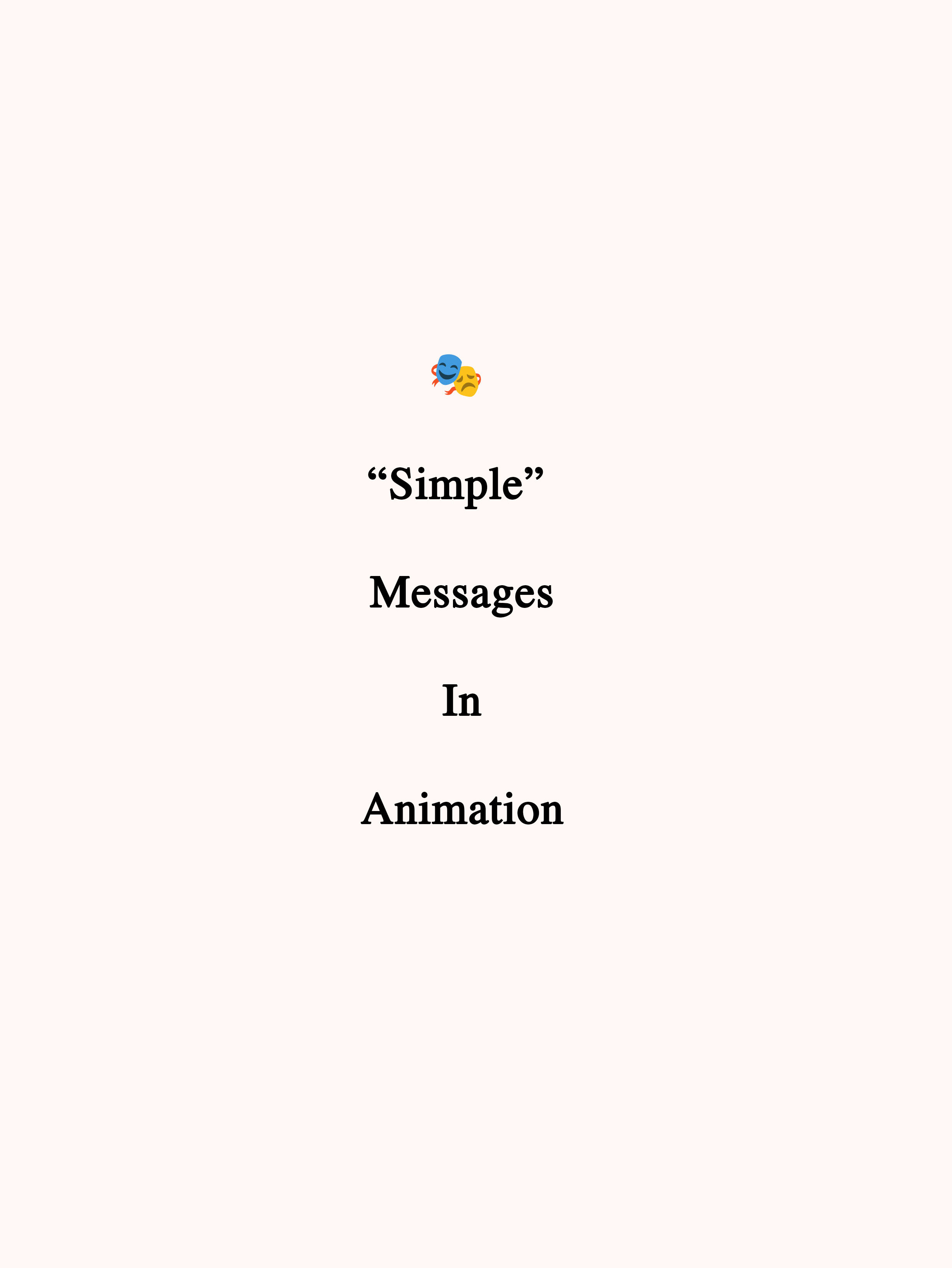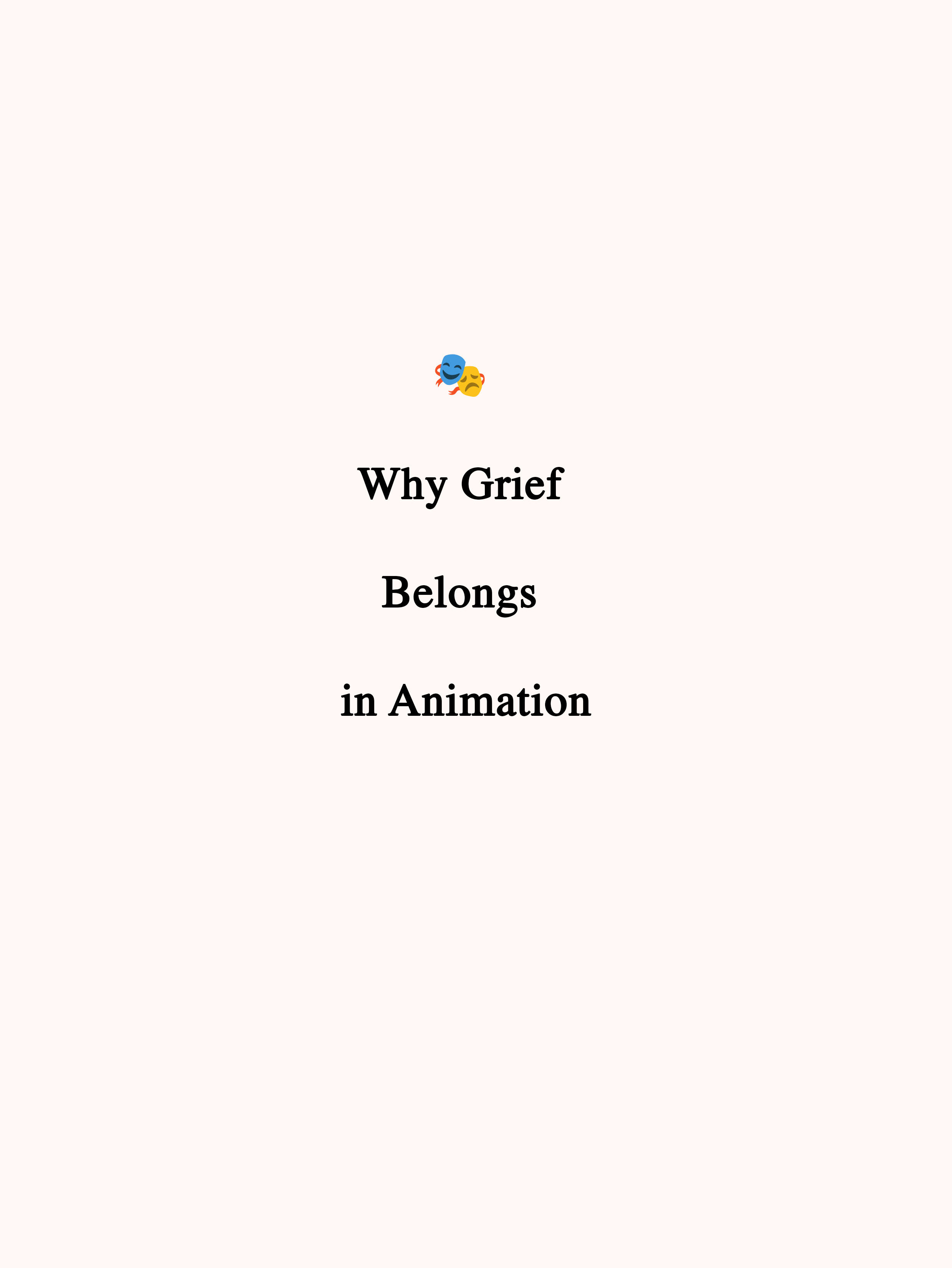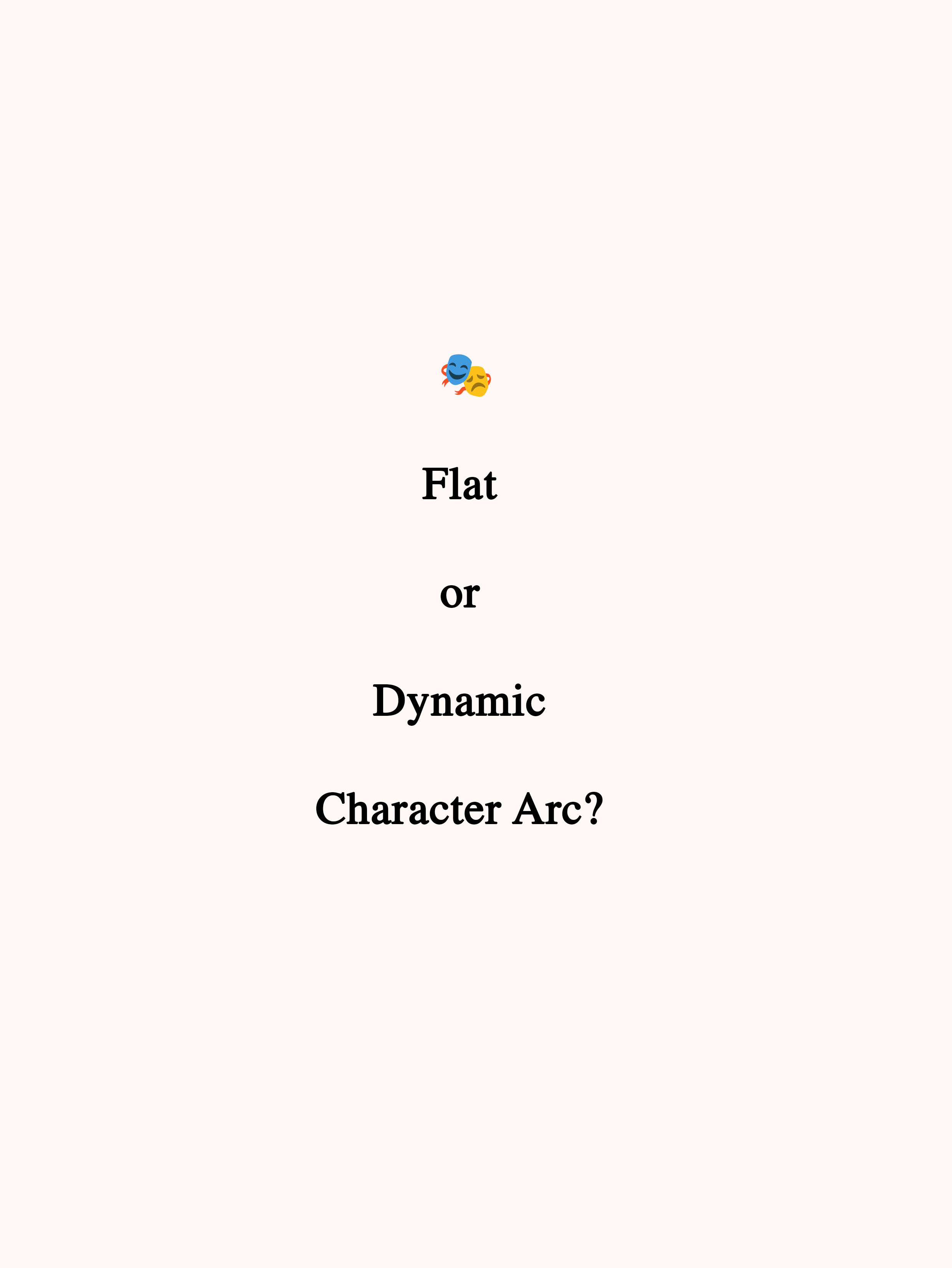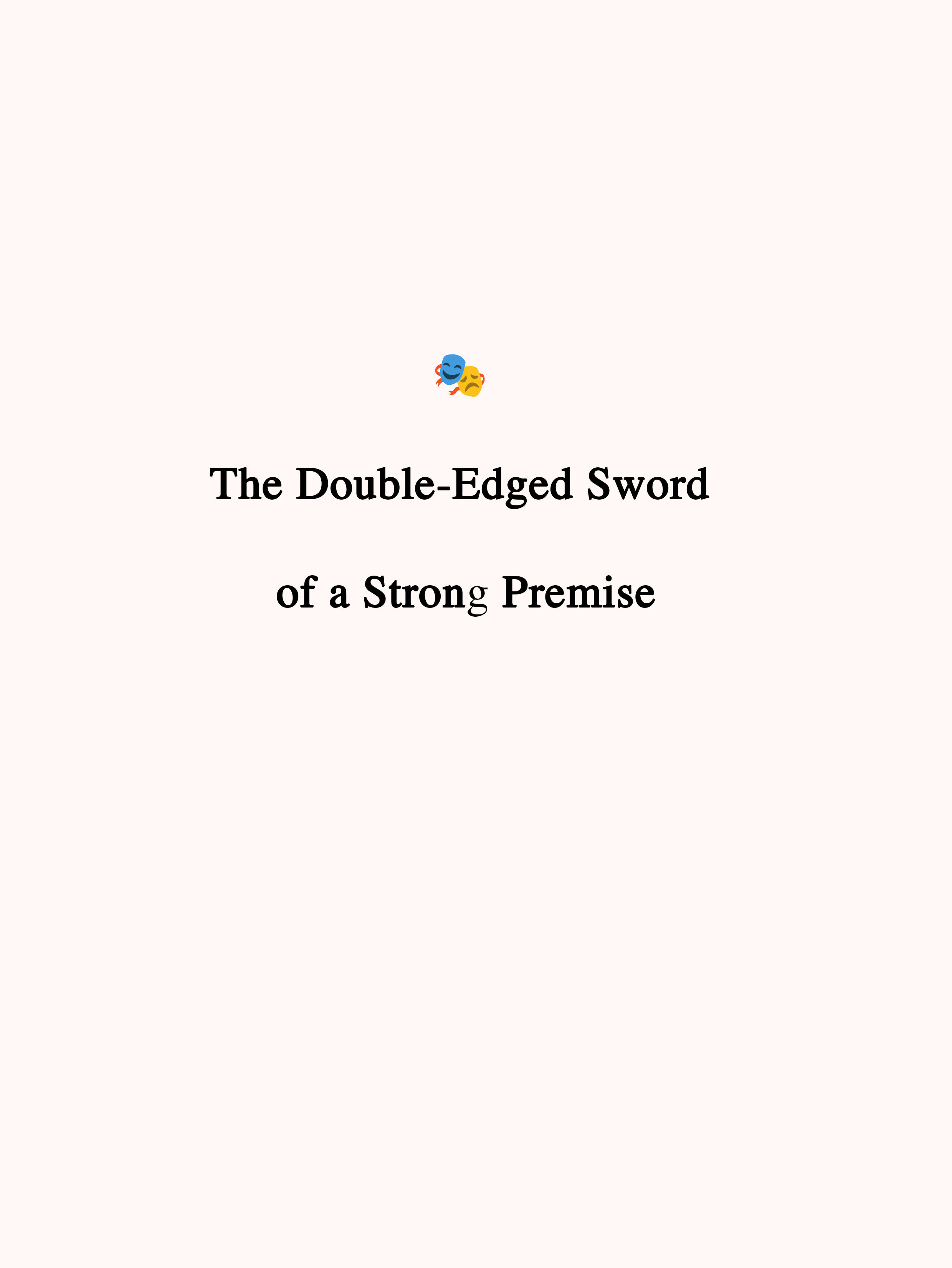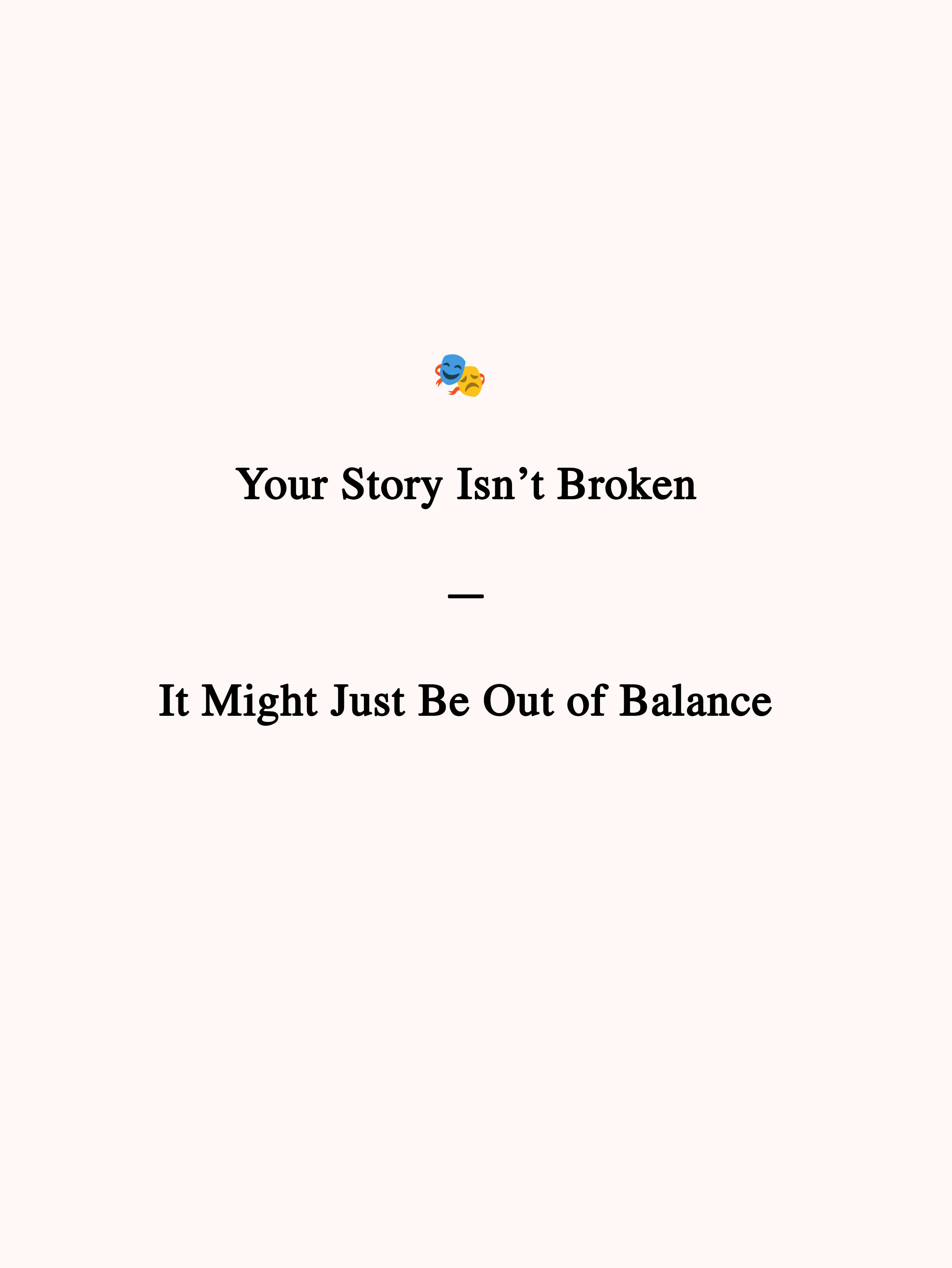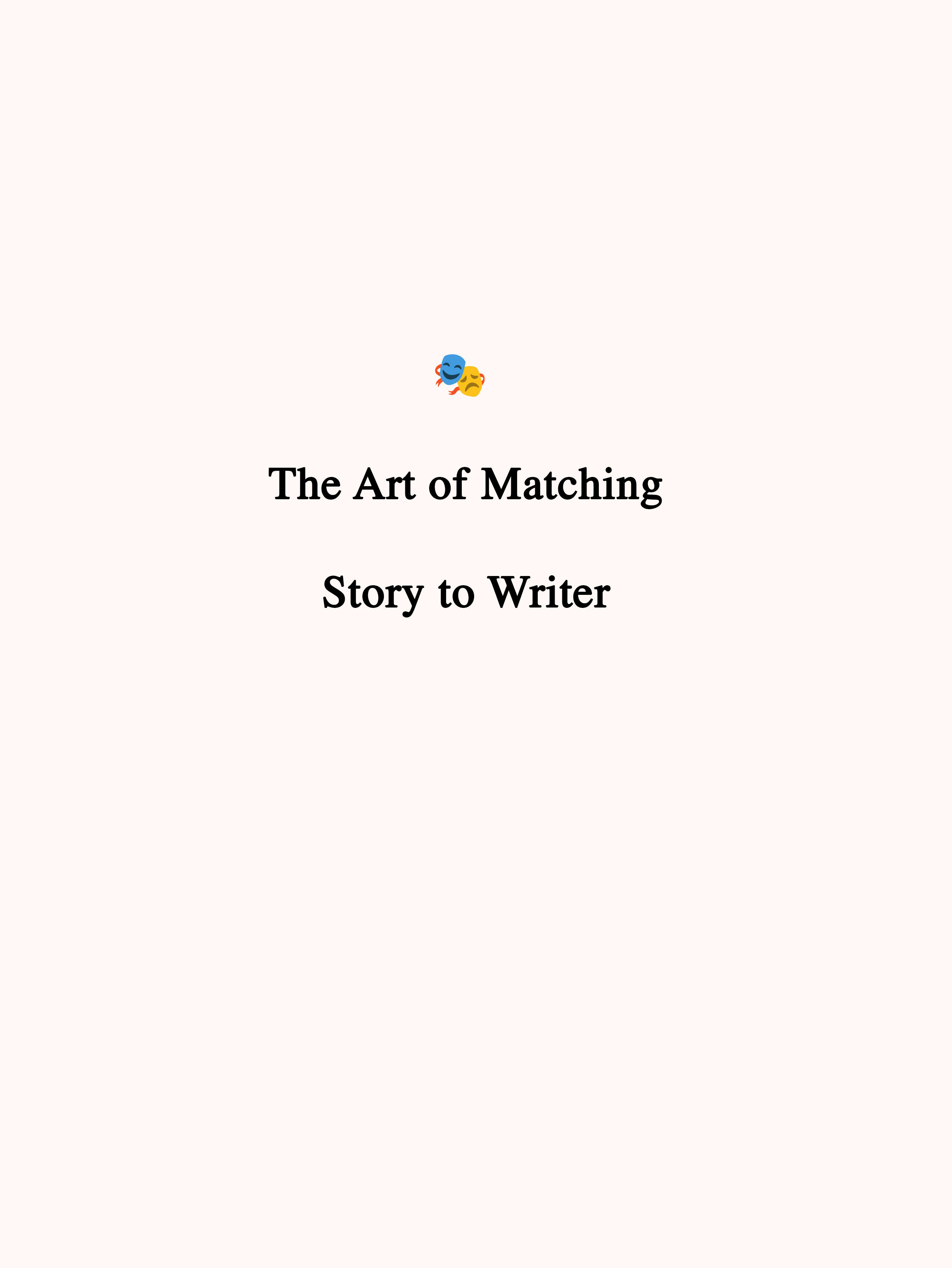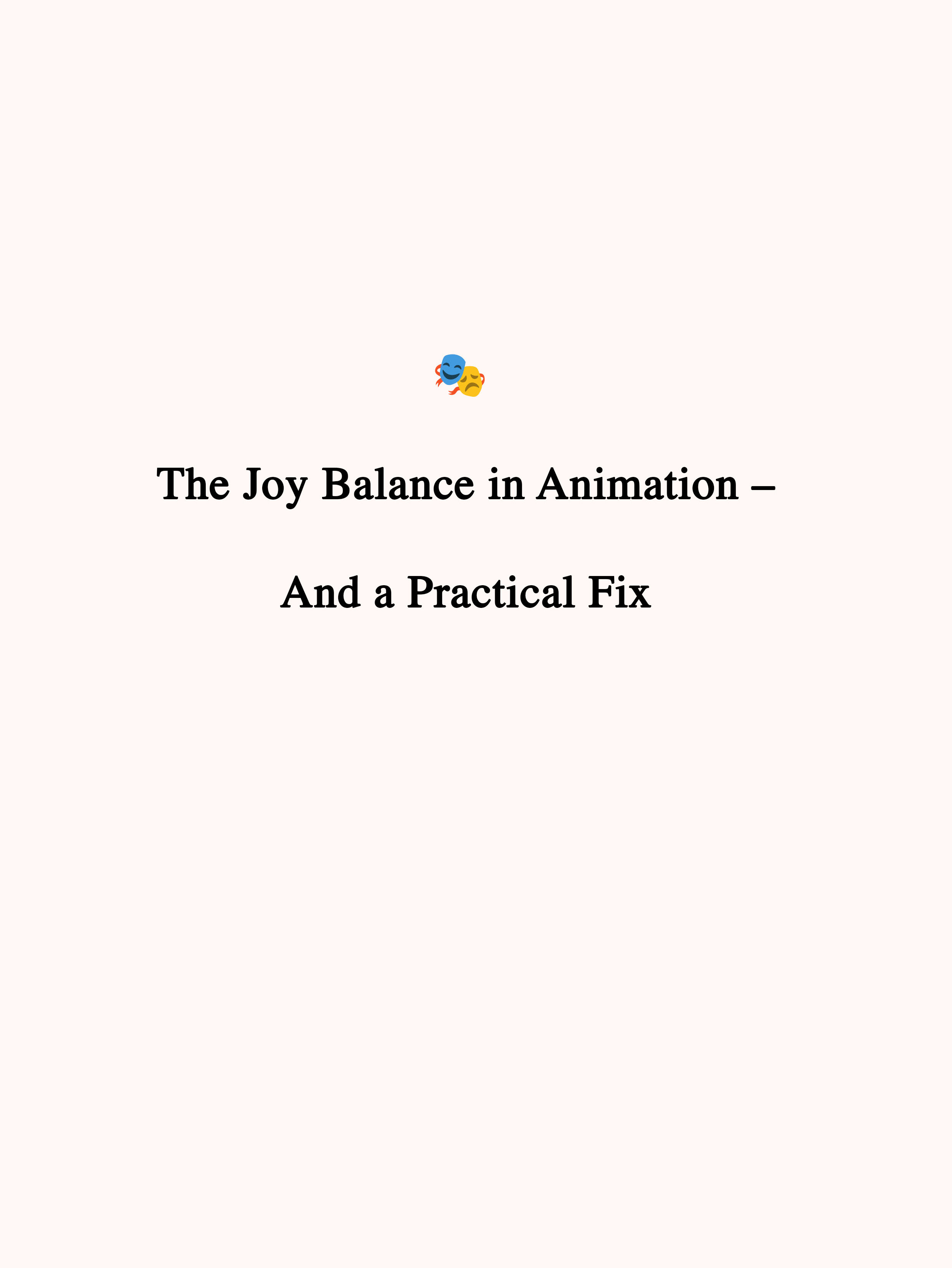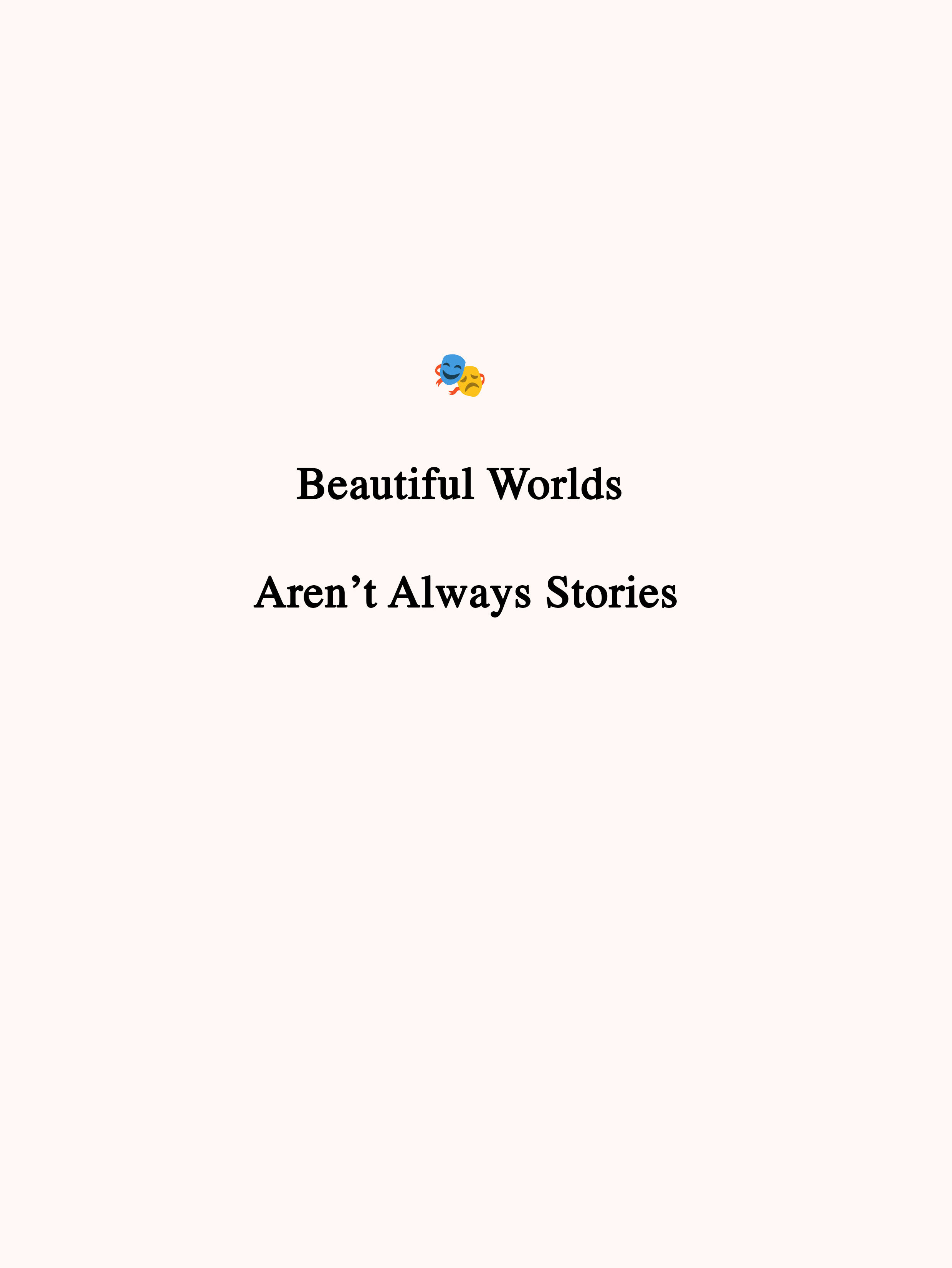📝 Does a Good Story Need a Message?
Writers often ask: Does a story really need a message?
But I think the better question is:
What kind of message are you trying to send — and does it need to be inspiring?
The truth is, not all great stories have feel-good morals.
And not all messages wear halos.
Take House MD.
The underlying message isn’t “people can change” — it’s more like “people will be people.”
Flawed. Brilliant. Stubborn. Human.
And somehow, that’s satisfying.
White Lotus doesn’t hand you a redemptive arc.
Its message is murkier: there’s no clear good or bad, just layers of grey quietly unraveling beneath privilege, desire, and awkward dinners.
Dexter?
Not exactly a hero’s journey.
Its message might be: sometimes, the monster is trying really hard to live by a code.
Uncomfortable? Yes. But effective? Absolutely.
In each of these cases, the message isn’t a lesson — it’s a lens.
A way to view the world.
Not to teach you something, but to reveal something.
On the flip side, we do remember stories with clearly inspiring messages — Aladdin, Inside Out, The Lion King.
Stories that remind us to be authentic, to feel, to forgive.
They work because they’re grounded in emotional truth, not just tied up with a bow.
The message lands because it was earned.
But here’s the risk:
When a story has no message at all, or doesn’t know what it wants to say,
it tends to feel… empty. Forgettable.
Like a beautifully animated room with no one inside it.
It’s not about being deep or profound.
It’s about knowing what the story believes — and letting that belief echo.
Because whether it’s a cynical whisper or a hopeful roar,
a story without any point of view often fades the moment the credits roll.
So no — a story doesn’t need a moral.
But it does need a truth.
Something it knows about the world and quietly whispers to the audience,
even if that truth is a little messy.
Lately, I’ve noticed some recent animated releases recycle the moral — be yourself, be kind, believe in magic —
but forget the truth.
The emotional engine that makes those morals land.
Without that, even the most beautifully animated scene can feel like a rerun we’ve already outgrown.
Before storytelling became a data-driven content machine, it was a sacred act.
A way for one person to say:
“Here’s what I’ve seen. Here’s what I’ve learned. Here’s what I believe about being alive.”
So if you’re telling stories — in a studio, on a stage, or in a notebook —
don’t just chase relatability.
Don’t just add a moral because it worked last time.
Ask what the story believes.
What you believe.
Even if it’s “people will never change.”
(Maybe don’t pitch that one at Disney.)
And let the story carry that.
Because audiences can feel the difference — even if they can’t explain it.
Writers often ask: Does a story really need a message?
But I think the better question is:
What kind of message are you trying to send — and does it need to be inspiring?
The truth is, not all great stories have feel-good morals.
And not all messages wear halos.
Take House MD.
The underlying message isn’t “people can change” — it’s more like “people will be people.”
Flawed. Brilliant. Stubborn. Human.
And somehow, that’s satisfying.
White Lotus doesn’t hand you a redemptive arc.
Its message is murkier: there’s no clear good or bad, just layers of grey quietly unraveling beneath privilege, desire, and awkward dinners.
Dexter?
Not exactly a hero’s journey.
Its message might be: sometimes, the monster is trying really hard to live by a code.
Uncomfortable? Yes. But effective? Absolutely.
In each of these cases, the message isn’t a lesson — it’s a lens.
A way to view the world.
Not to teach you something, but to reveal something.
On the flip side, we do remember stories with clearly inspiring messages — Aladdin, Inside Out, The Lion King.
Stories that remind us to be authentic, to feel, to forgive.
They work because they’re grounded in emotional truth, not just tied up with a bow.
The message lands because it was earned.
But here’s the risk:
When a story has no message at all, or doesn’t know what it wants to say,
it tends to feel… empty. Forgettable.
Like a beautifully animated room with no one inside it.
It’s not about being deep or profound.
It’s about knowing what the story believes — and letting that belief echo.
Because whether it’s a cynical whisper or a hopeful roar,
a story without any point of view often fades the moment the credits roll.
So no — a story doesn’t need a moral.
But it does need a truth.
Something it knows about the world and quietly whispers to the audience,
even if that truth is a little messy.
Lately, I’ve noticed some recent animated releases recycle the moral — be yourself, be kind, believe in magic —
but forget the truth.
The emotional engine that makes those morals land.
Without that, even the most beautifully animated scene can feel like a rerun we’ve already outgrown.
Before storytelling became a data-driven content machine, it was a sacred act.
A way for one person to say:
“Here’s what I’ve seen. Here’s what I’ve learned. Here’s what I believe about being alive.”
So if you’re telling stories — in a studio, on a stage, or in a notebook —
don’t just chase relatability.
Don’t just add a moral because it worked last time.
Ask what the story believes.
What you believe.
Even if it’s “people will never change.”
(Maybe don’t pitch that one at Disney.)
And let the story carry that.
Because audiences can feel the difference — even if they can’t explain it.

